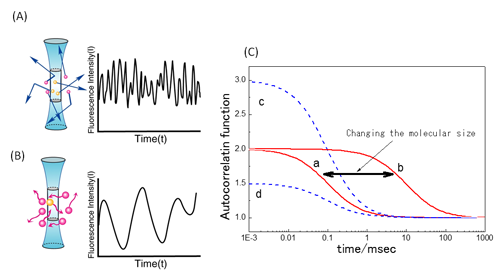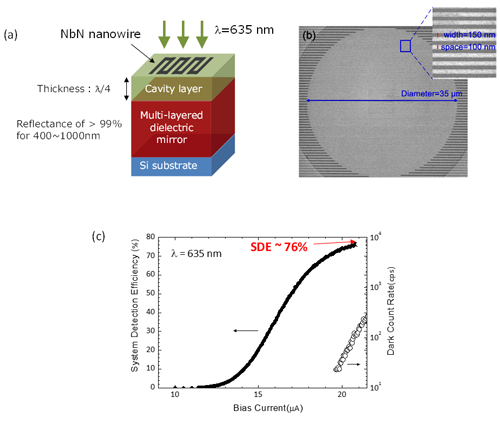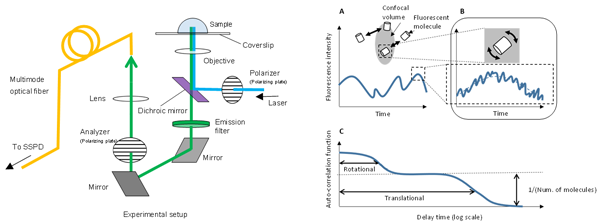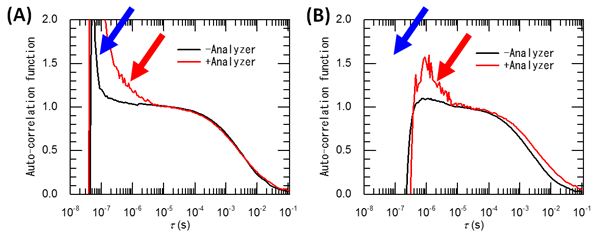National Institute of Information and Communications Technology
Hokkaido University
Osaka University
Hokkaido University
Osaka University
Home > Press Release > Ultra-low Noise Superconducting Nanowire Single-photon Detector (SSPD) for Fluorescence Correlation Spectroscopy (FCS) toward Early Diagnosis of Alzheimer Disease




Hirotaka Terai, Tokuko Haraguchi
Nano ICT Laboratory
Advanced ICT Research Institute
NICT
Tel: +81-78-969-2191, 2241
E-mail: 















Masataka Kinjo
Graduate School of Life Science
Hokkaido University
Tel: +81-11-706-9005
E-mail: 






















Yasushi Hiraoka
Graduate School of Frontier Biosciences
Osaka University
Tel: +81-6-6879-4620
E-mail: 
























Tel: +81-42-327-6923
E-mail: 



















Tel: +81-11-706-2610
E-mail: 
























Tel: +81-6-6879-4692
E-mail: 































